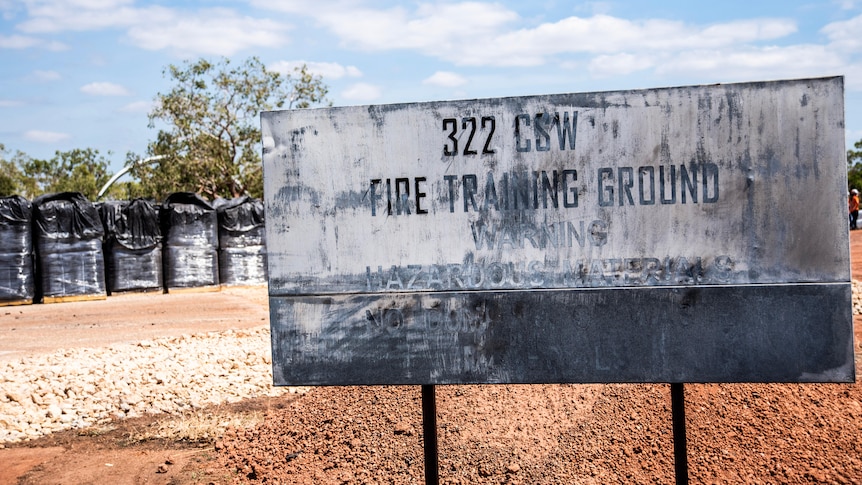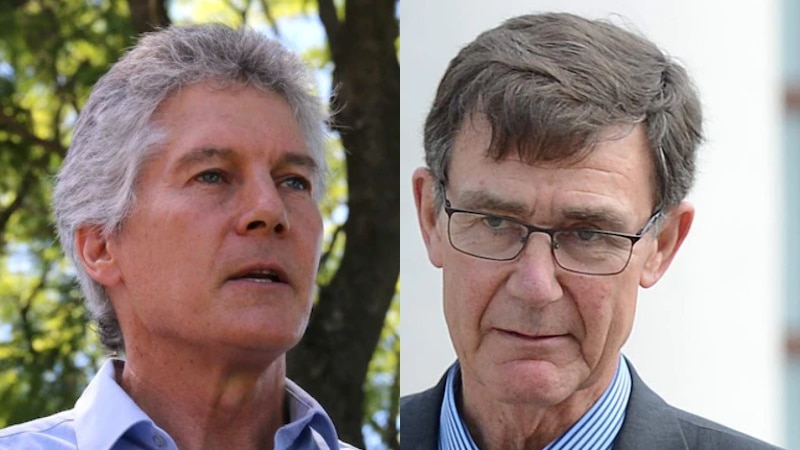Former Afghan interpreters who worked with the Australian military say their family members are still stuck in the region and at risk, almost one year after the Taliban seized control of the country.
Key points:
- An interpreter says they regret working with the Australian government because of the impact it has had on their family
- A lawyer helping Afghans with visas says the Taliban is still targeting people who assisted foreign forces in Afghanistan
- Visa delays are due to a backlog of applications, according to the Settlement Council of Australia
More than 200,000 Afghans have sought humanitarian protection in Australia since August last year, with almost half of those still waiting for their applications to be considered.
The lengthy delay has led one Afghan interpreter, who spent two years working alongside Australian Defense Force (ADF) troops based at Tarin Kot, to express regret at working with the ADF.
“We now regret why we have even worked for the Australian government because the impact of that is [inflicted] on our family members,” said the former interpreter, who the ABC has not named to protect his family.
“They have been asked ‘why have your family members worked with the Australian Army and the previous government’ and they’ve been questioned about where we are – they are looking for us.
“I feel hopeless as no help has been given to my extended family and they have not been evacuated to get to a safer place like Australia.”
More than 6,000 Afghans have been granted humanitarian visas since the Taliban retouched control, with priority given to locally engaged staff, women and ethnic minorities.
But many of this group are still in Afghanistan or neighboring countries on temporary visas.
Fears for life of former embassy guard
Glenn Kolomeitz, a former Australian Army officer and lawyer helping Afghans with visa applications, says some have already been harmed.
“In the last 48 hours, we had one of our former embassy guards abducted and we expect that he will be killed,” Mr Kolomeitz told the ABC.
“We expect to find his remains dumped outside his house in coming days. That’s the cold hard facts.”
Mr Kolomeitz said the Taliban is still targeting people who assisted foreign forces in Afghanistan.
“The wife of one of our people died recently after moving from safe house to safe house and being hunted,” Mr Kolomeitz said
Mr Kolomeitz said the family of one interpreter who died while serving with Australian troops are still languishing in a Texas refugee camp, 12 months after being evacuated.
“One of their brothers was an interpreter for the Australian Army who was killed by a rogue Afghan Army soldier, alongside three Australian soldiers,” Mr Kolomeitz said.
“If anyone is owed protection by Australia, it is this interpreter’s family.
Enormous backlog of applications causing delay
The ABC contacted Immigration Minister Andrew Giles to discuss these reports, but did not receive a response.
Earlier this week, Mr Giles told SBS News that a taskforce has been established to focus on the resettlement of Afghan nationals.
“We are applying an enormous number of resources to this problem because it is an enormous priority for the government,” he said.
Settlement Council of Australia chief executive, Sandra Elhelw Wright, said visa delays were due to an enormous backlog of applications.
“This is what happens with conflict as demand for resettlement balloons and there are not enough places available for everyone who needs safety,” she told the ABC.
Ms Elhelw Wright said the 6,000 people who have been resettled in the last six months are already contributing to society.
“They are talking about how optimistic they are about their lives in Australia, but the key challenge for them is the concern they have about their family overseas.”
.


